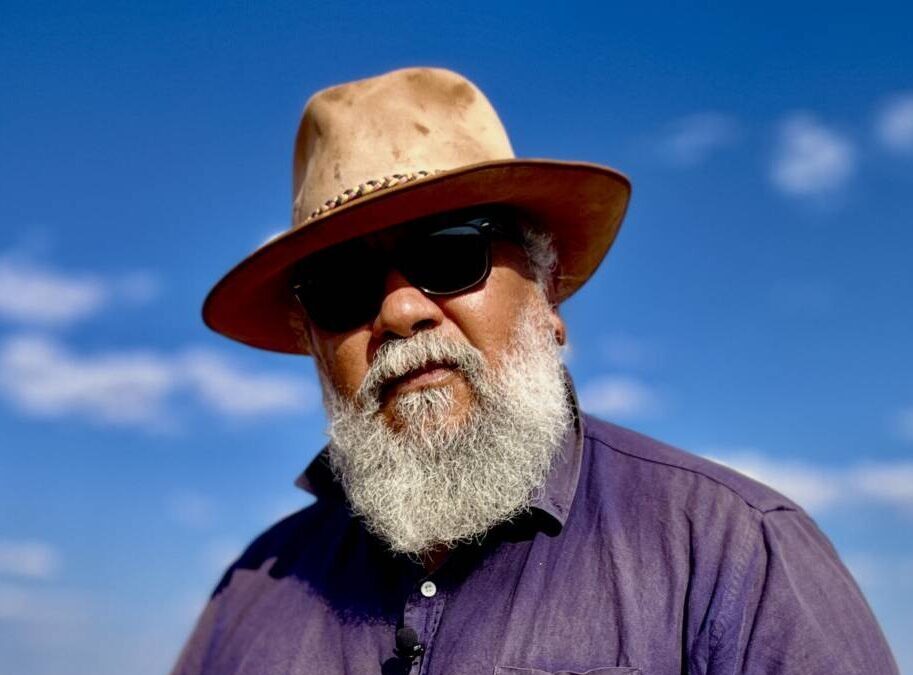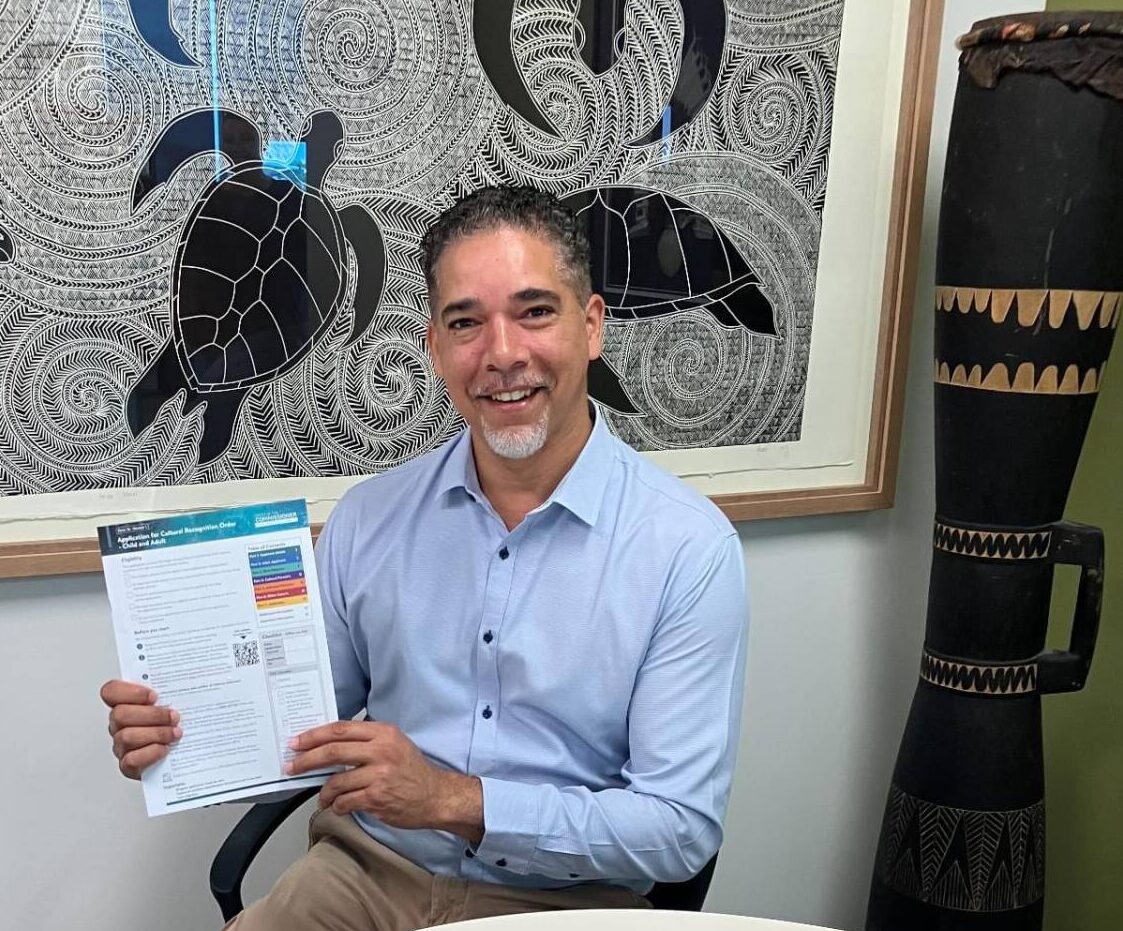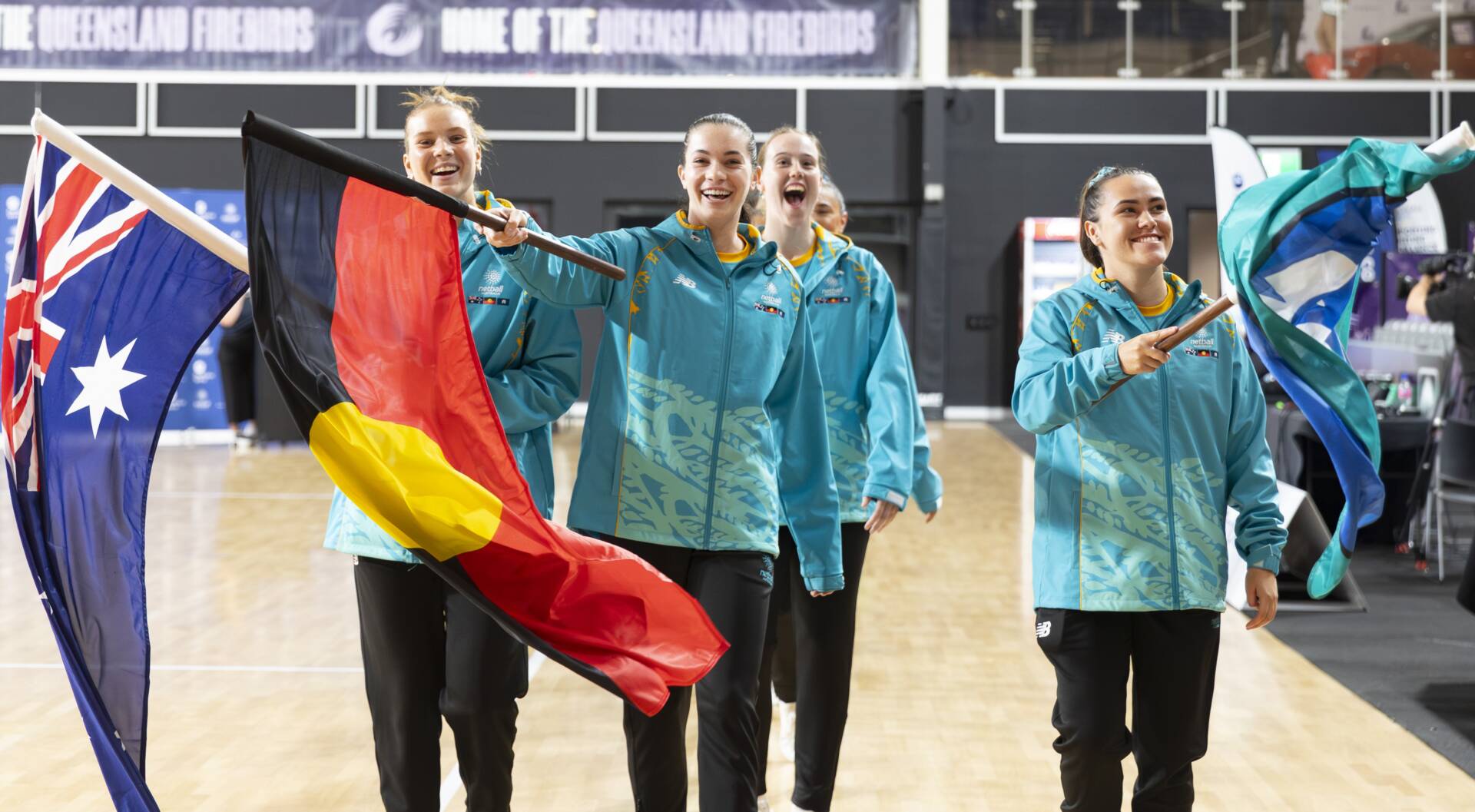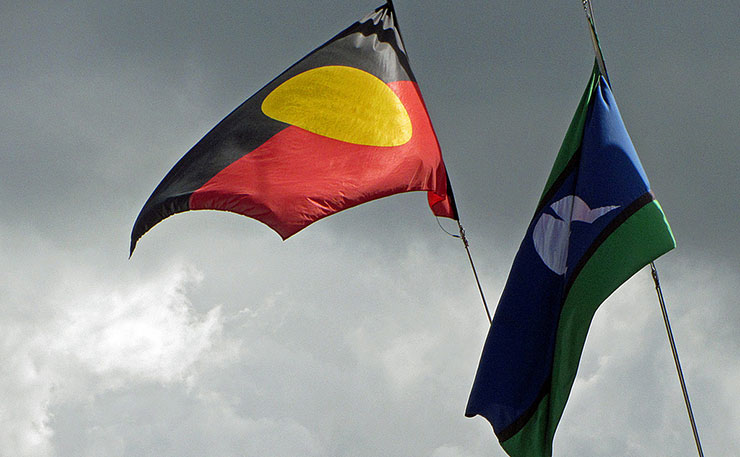Federal Environment Minister Tanya Plibersek announced $14.6 million will be invested in establishing 12 new Indigenous Protected Areas.
The funding is part of the government’s commitment to protect 30 per cent of the country’s land by 2030.
But what is an Indigenous Protected Area?
What is an IPA?
Not to be confused with the Institute of Public Accountants, this particular acronymn is short for what’s called an Indigenous Protected Area.
These are areas of land and sea country that are managed by First Nations groups in a way that aligns with their objectives.
Traditional owner groups might have different goals when it comes to managing their IPA – but usually it involves a goal of keeping country healthy, protecting cultural heritage and repairing the environment.
IPA’s also provide Indigenous communities with opportunities for sustainable employment in the region as well drive small business opportunities.
The program was established in 1997 as part of an effort to build a National Reserve System to protect Australia’s environment for future generations.
A national conference of Aboriginal and Torres Strait Islander people agreed that a new class of ‘Indigenous’ protected area should be created.
By 1998 the first IPA had been established – a 58,000 hectare site of rugged limestone hills, springs and waterholes in South Australia’s Flinders Ranges.
Today there are 84 dedicated IPAs that cover more than 87 million hectares, half of Australia’s total protected area.
Why are they important?
IPAs provide meaningful employment for Aboriginal and Torres Strait Islander people that makes use of traditional knowledge and conservation training.
Keeping culture strong – IPA programs and the Indigenous ranger groups that manage them are an important way of maintaining cultural respect and keeping a strong cultural focus.
Preserving heritage – Many IPA projects have a strong focus on looking after heritage sites, whether that’s the World Heritage Listed Budj Bim aquaculture system, the tens of thousands of pieces of rock art in the Warddeken IPA or simple scar trees.
Looking after country – Indigenous rangers use traditional knowledge and western science to manage country. This can be through cultural burning, protecting threatened species and bush tucker, controlling pest animals and weeds and caring for sea and freshwater sources.
Where are the new IPAs?
The Albanese government announced finding for 12 new Indigenous Protected Areas.
The new projects will add another 7.5 million hectares of land and 450,000 hectares of sea country to the system.
The new projects range from Western Australia’s desert country to rainforests in NSW.
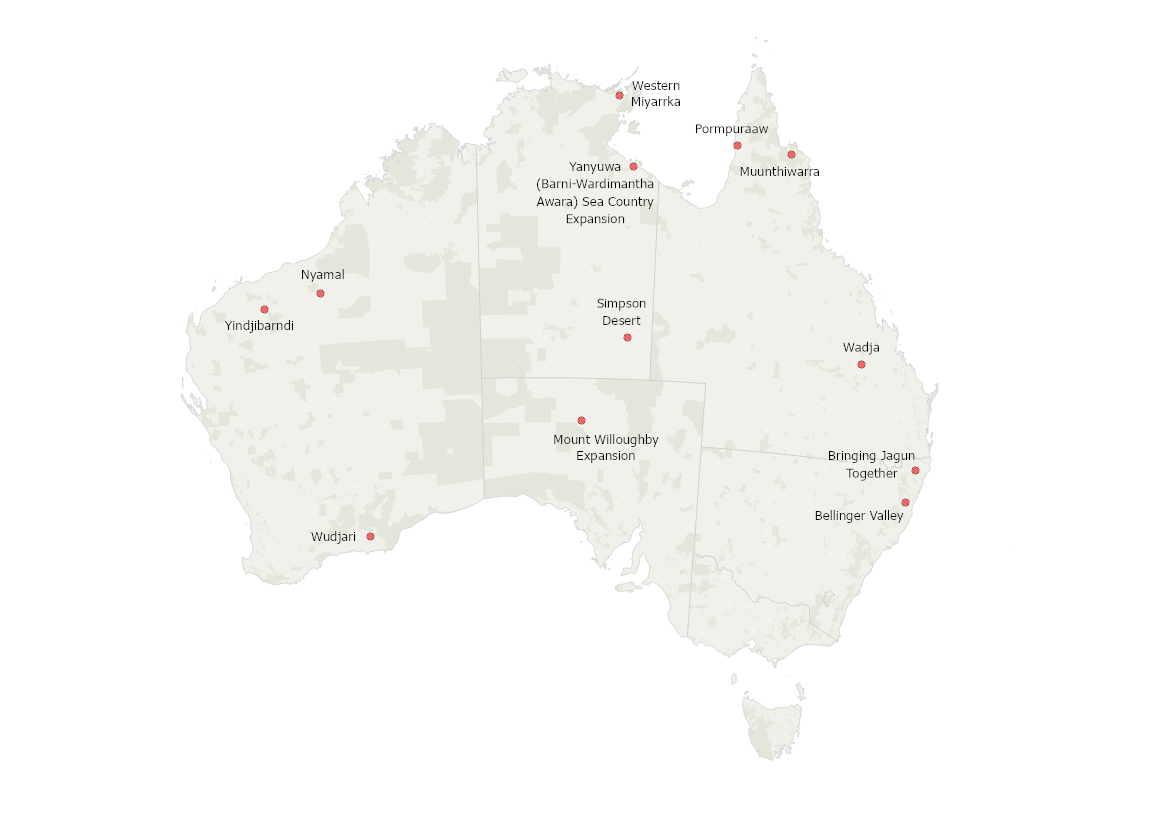
Who looks after the land in an IPA?
Generally an IPA is managed by an Indigenous Ranger group who are funded through the IPA program.
A ranger group might be made up of people from a range of traditional owner groups depending on the size and location of the area.
The biggest IPA is the Southern Tanami in the Northern Territory, covering 10.16 million hectares which is bigger than Tasmania.
One of the rangers’ major tasks is patch burning, which rejuvenates country and reduces the spread and damage of wildfires.
The region is also home to the iconic bilby, which is regularly monitored by rangers.
The smallest IPA is Pulu islet in the Torres Strait at around 15 hectares.
This tiny piece of land sits off the western side of Mabuyag Island almost exactly halfway between Cape York and the mainland of Papua New Guinea.
It’s home to two culturally significant sites that are revered across the western Torres Strait.
It’s also the site of Indigenous Australia’s first-known pottery tradition, with samples discovered dating back 2,500 years.
What do the people behind the projects think?
Michael Woodley is the CEO of the Yindjibarndi Aboriginal Corporation which has been approved for an IPA of almost 200,000 hectares in Western Australia’s Pilbara region.
Mr Woodley says they have ‘big concerns’ about the health of their country.
“When we were kids growing up in this part of the world, we had no problem seeing emus and kangaroos, they were everywhere…they were plentiful. Now you can see there’s a big shift…a big change. That concerns us.”

He hopes the project will help them bring more people back to live on country.
“We were pushed off our lands back in the early 1900s, and relocated on to someone else’s land and we’ve been living on that land since that time.
This gives us an opportunity to now bring a large number of those people on that journey with us, take them out on country and talk about the importance of what we would like to do.”
If you enjoyed this article, please consider donating to NIRS today to amplify more Indigenous voices through media.

